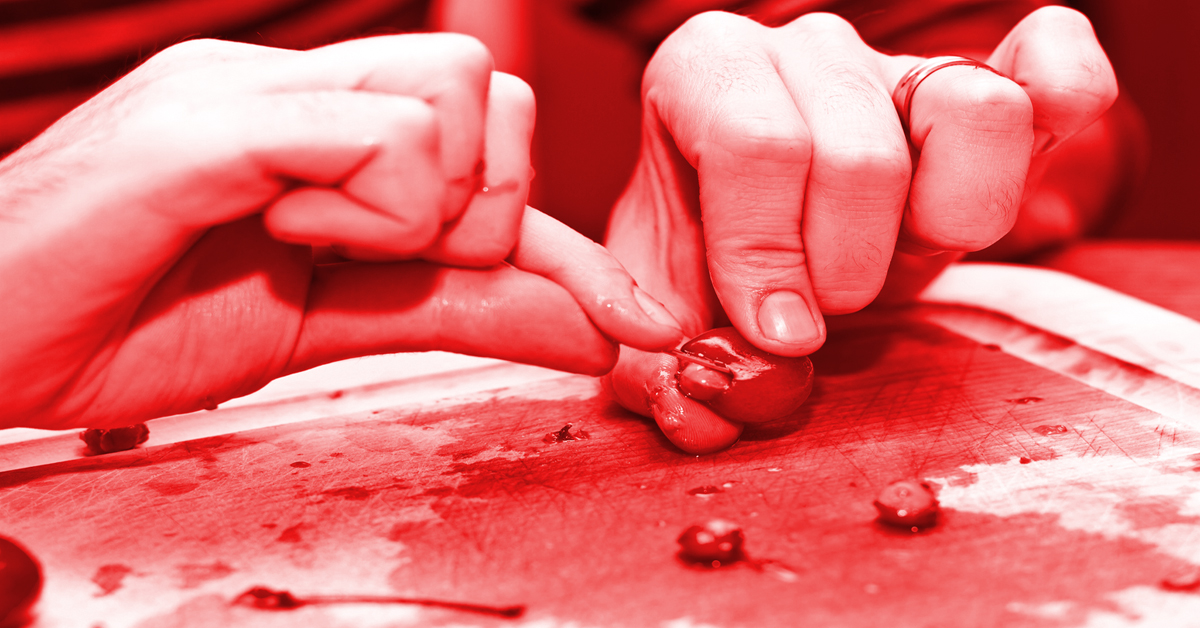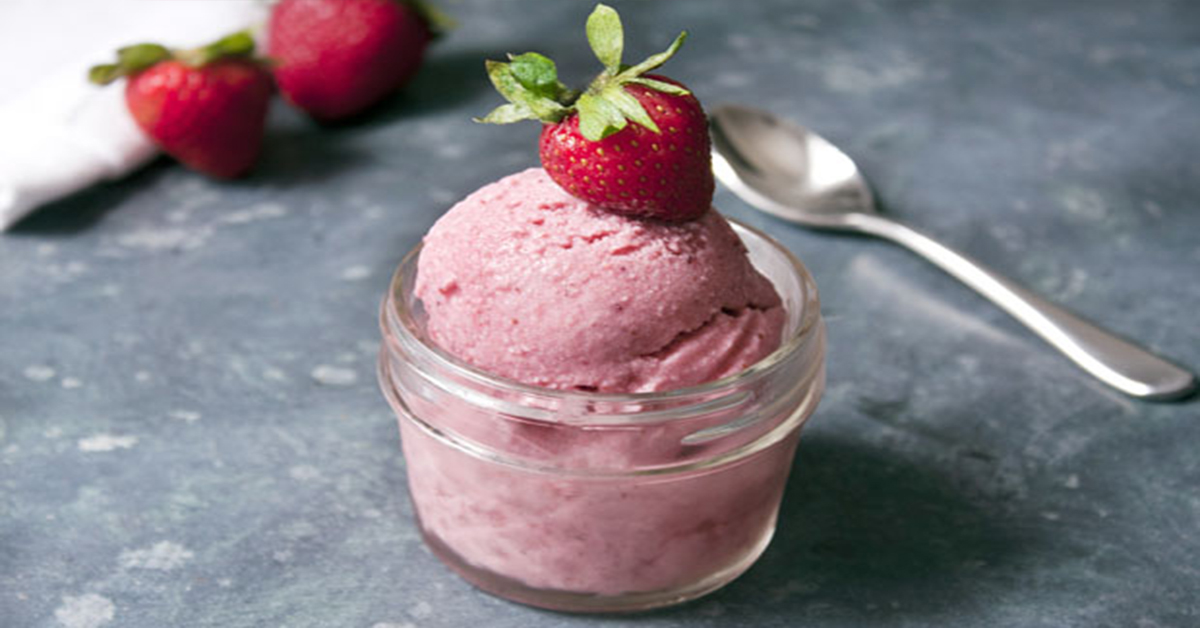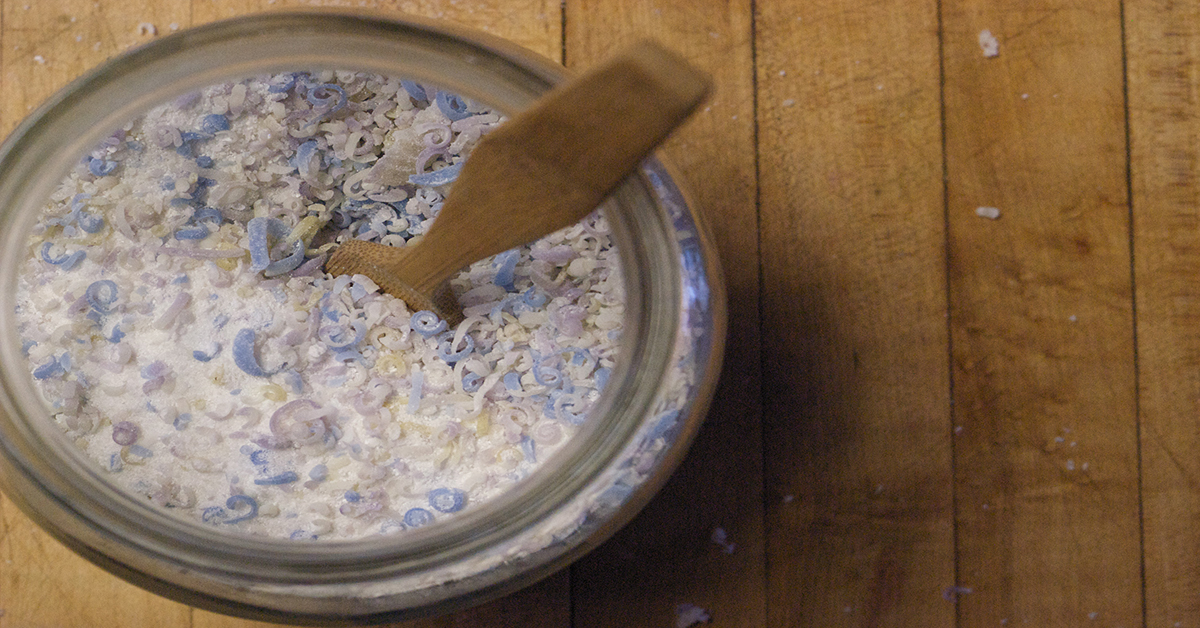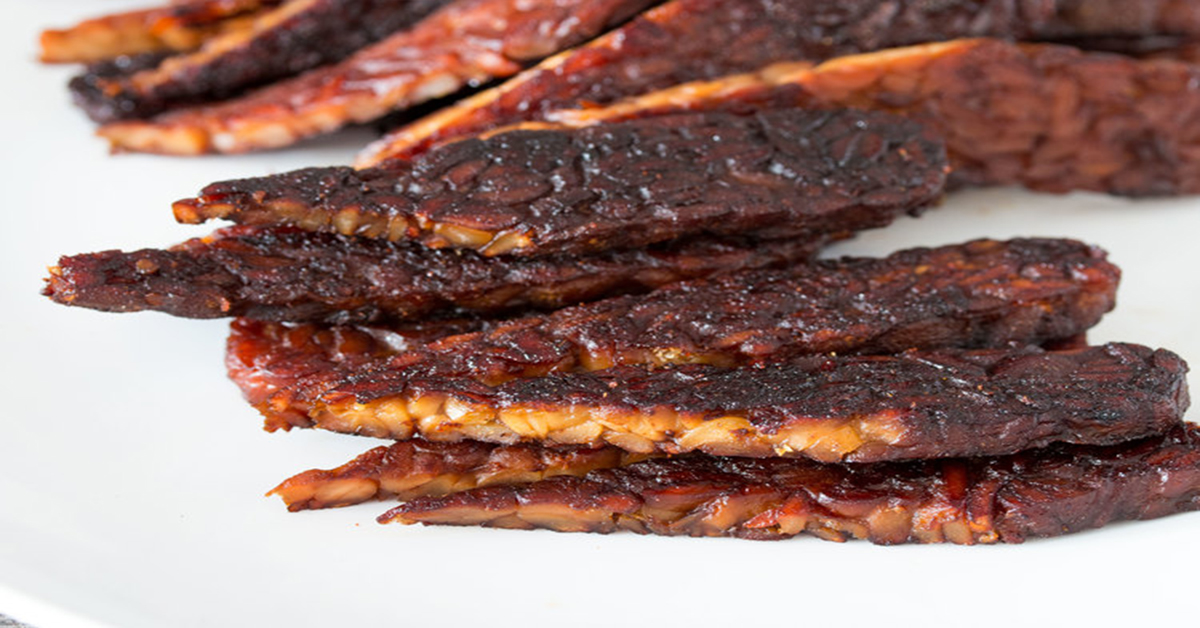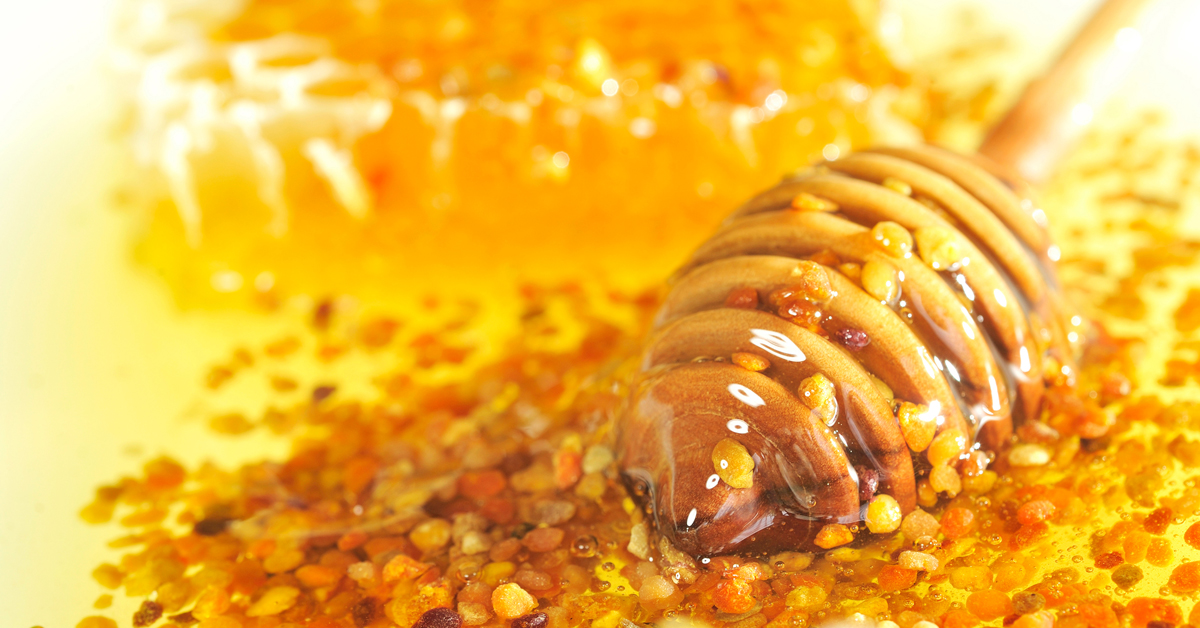
6 Things You Probably Didn’t Know About Honey
Honey is made by bees in one of the world’s most efficient facilities, the beehive. The 60,000 or so bees in a beehive may collectively travel as much as 55,000 miles and visit more than two million flowers to gather enough nectar to make just a pound of honey!
The color and flavor of honey differ depending on the bees’ nectar source (the blossoms). In fact, there are more than 300 unique kinds of honey in the United States, originating from such diverse floral sources as Clover, Eucalyptus and Orange Blossoms. In general, lighter colored honeys are mild in flavor, while darker honeys are usually more robust in flavor.
Honey has been valued as a natural sweetener long before sugar became widely available in the 16th century. Honey is truly a remarkable substance, made even more extraordinary by the process with which it is made. This blend of sugar, trace enzymes, minerals, vitamins, and amino acids is quite unlike any other sweetener on the planet.
6 Things You May Not Know About Honey
Helps Relieve A Cough
The World Health Organization lists honey as a potential demulcent, a sugary liquid that coats the throat and soothes irritation. According to a study in the Archives of Pediatrics & Adolescent Medicine, researchers tested a single nighttime dose of buckwheat honey against honey-flavored dextromethorphan, a common cough suppressant, and no treatment at all in more than 100 children with colds. They found that the honey was much better than the other two approaches for relieving cough symptoms and improving sleep.
Helps Treat Wounds
Honey is first written reference dates back to 2100-2000 BC on a Sumerian tablet that mentions the use of honey as a drug and ointment, according to the Asian Pacific Journal of Tropical Biomedicine. There’s a medical-grade solution called Medihoney that is derived from manuka honey, which comes from New Zealand bees that pollinate the native manuka bush. “The patches of Medihoney work fantastic on patients that come in with cuts and wounds,” says Robin Miller, MD, a board-certified internist and co-author of The Smart Woman’s Guide to Midlife and Beyond. “They’re antibacterial and soothing.”
Use honey on wounds, including burns, to help them heal faster. Honey has antibacterial, antifungal, and antioxidants activities that make it ideal for treating wounds. In the US, Derma Sciences uses Manuka honey for their Medihoney wound and burn dressings.
Any type of honey might be helpful. In a study in the British Journal of Surgery, Nigerian researchers used honey to treat 59 patients with hard-to-heal ulcers. All but one of the cases improved, and infected wounds and ulcers became sterile within one week of applying the honey.
Helps Heal A Flaky Scalp
A study in the European Journal of Medical Research used a solution of diluted crude honey (90% honey diluted in warm water) on 30 people with seborrheic dermatitis, a scalp condition typically associated with some serious dandruff and itchy skin. The patients in this case also had lesions. Researchers had half of the participants apply the honey mixture to the lesions every other day for four weeks. Itching was relieved and scaling disappeared within one week for those who tried the honey treatment, and skin lesions went away completely within two weeks.
Boosts Your Energy
At 17 grams of carbs per tablespoon, honey happens to be just one food source you can count on to help relieve a sluggish day. It also makes the ultimate snack before or after a workout. “In addition to being an antioxidant-rich source of carbohydrates, honey acts as a ‘time released’ fuel to provide athletes with more steady blood sugar and insulin levels over a longer duration,” says Cynthia Sass, MPH, RD, Health‘s contributing nutrition editor.
Reduce Allergy Symptoms
Locally produced honey, which will contain pollen spores picked up by the bees from local plants, introduces a small amount of allergen into your system. Theoretically, this can activate your immune system and over time can build up your natural immunity against it.
The typical recommendation is to take about a teaspoon-full of locally produced honey per day, starting a few months before the pollen season, to allow your system to build up immunity. And the key here is to use local honey.
Help With Herpes
In one study, 16 adult subjects with a history of recurrent labial and genital herpes attacks used honey to treat one attack, and a commonly prescribed antiviral drug, Acyclovir cream, during another. (It’s important to realize that neither the drug nor the honey will actually cure genital herpes. They only treat the symptoms.)
Interestingly, honey provided significantly better treatment results. For labial herpes, the mean healing time was 43 percent better, and for genital herpes, 59 percent better than acyclovir. Pain and crusting was significantly reduced with the honey, compared to the drug. Two cases of labial herpes and one case of genital herpes remitted completely with the honey treatment, whereas none remitted while using acyclovir.
Note: Always remember when choosing honey, be sure it is raw, unfiltered, and 100% pure, from a trusted source.


